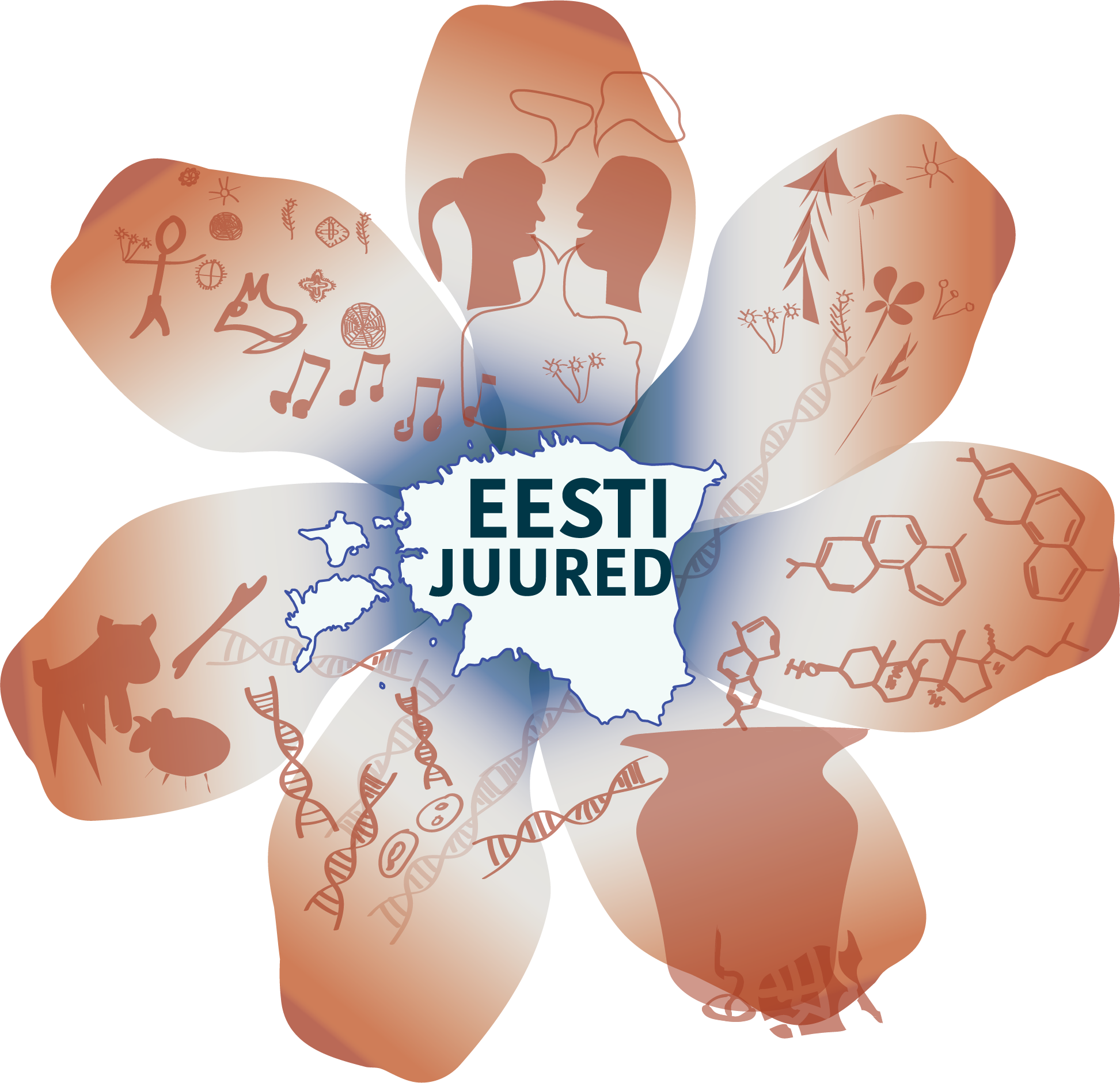Many an event and process fits in the ten thousand years of Estonian prehistory that has constantly changed the ethnic makeup of our land's populace.
The first people arrived in the Estonian territory some thousands of years after the the melting of the glaciers, when the local climate and nature had become suitable for habitation and capable of providing sustenance. The slow yet consistent immigration of the new people continued for many centuries and even millennia. What kind of a language they spoke is not known, just as whether there were one or many languages in the current Estonian territory. Research of ancient DNA points to them deriving from the Western European refugia.
During the Early Neolithic, c. 3900 BC, a new wave of imimgrants reached Estonia and its adjacent regions, this time from the east and with the so-called Typical Combed Ceramics. Earlier ethnogenetic research considered precisely these to be the most distant ancestors of Finnic peoples in our land, although nowadays this position has been abandoned. In fact, we know nothing about their language. A good millennium later, c. 2800 BC, yet another wave of immigrants reached Estonia. They utilised boat-shaped battle axes and produced Corded Ware Ceramics. Probably they were people speaking a (Northwestern) Indo-European proto-language. Both groups lived side by side for almost a millennium, before they lost their characteristic cultural features at the end of the Stone Age, both the Combed and Corded Ware Ceramics.
During the transition to the Bronze Age, a profound demographic crisis befell the current Estonian, North Latvian and Finnish territories. At the last quarter of the II millennium BC, agricultural colonists arrived on the Estonian coastal zone from Scandinavia or the south coast of the Baltic sea, partly also from the direction of the River Dnieper. They were few in number, they built permanent fields and buried their dead in stone-cist graves. Most likely they spoke some linguistic form of Indo-European (e.g. Pre-Germanic). However, some centuries later new immigrants began to arrive in the Baltic from the east, the Volga-Oka region, who brought also a new material culture and type of burial – the tarand-graves. Beginning from there, we can observe a coherent and consistent development of culture and population all the way to historical times, both in archaeological and genetic data. Probably during this period there was also a linguistic development, which is why we can trace back the Finnic history by the Baltic sea to precisely this mentioned immigration that began circa 3000 years ago.
These were the most essential population-related processes that are analysed in-depth in the present compendium. However, believably many smaller changes and events also took place, the discovery and closer research of which lies still ahead.



